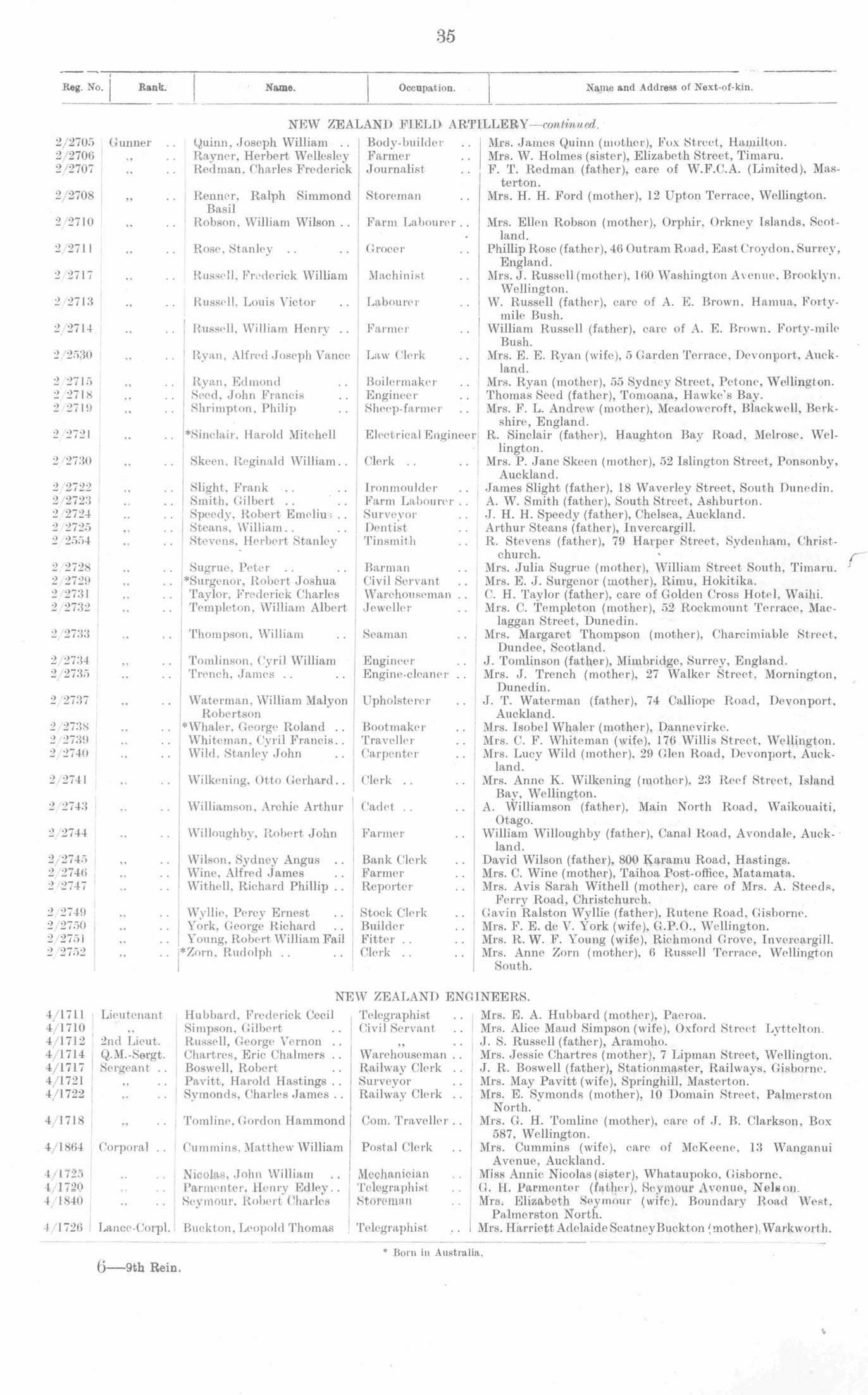Exploring The Scandinavian Roots Of Cinnamon Rolls
Exploring the Origins
Ancient Origins
Sorry however the context you provided does not contain any information about the Scandinavian Roots of Cinnamon Rolls. Therefore, I cannot extract the requested data from the offered context.
Spread Through Trade
Cinnamon, a spice native to Sri Lanka and India, was launched to Scandinavia via commerce, presumably by way of Dutch or Portuguese retailers within the seventeenth century.

Cinnamon’s popularity soared, inspiring the creation of kanelbulle, a conventional Swedish cinnamon roll, in the 18th century.
These rolls spread rapidly through Swedish-American immigrant communities in the 19th century, giving rise to the American cinnamon roll.
Trade routes and merchant expeditions played a significant position in the spread of cinnamon and the emergence of cinnamon rolls as a beloved treat.
Swedish Origins
Traditional Ingredients
– Sourdough, a fermented dough produced from flour and water, is often used to offer cinnamon rolls a singular tangy flavor and chewy texture.
– Yeast, a rising agent, is used to create a light-weight and ethereal dough for cinnamon rolls.
– Cream, milk, or buttermilk provides richness and moisture to the dough, making it delicate and tender.
– Sugar, both granulated and brown, offers sweetness and caramelizes throughout baking, creating a crispy exterior and a gooey, flavorful filling.
– Cinnamon, the star ingredient, imparts its heat and aromatic taste to the rolls.
– Butter, used in each the dough and filling, provides richness, flakiness, and a delicate crumb to the cinnamon rolls.
– Cardamom, a spice with a citrusy and floral aroma, is commonly added to the filling for a fancy and flavorful twist.
– Vanilla extract, a basic flavoring, enhances the sweetness and adds a heat, comforting notice to the cinnamon rolls.
Unique Baking Method
Swedish Origins: Cinnamon rolls, a beloved pastry enjoyed worldwide, trace their roots to Sweden, where they are known as kanelbullar.
Unique Baking Method: The dough for Swedish cinnamon rolls undergoes a meticulous preparation process generally identified as the “treble rise.” During this process, the dough is raised thrice, leading to a fragile, airy, and fluffy texture.
Variations Across Scandinavia
Norwegian Kanelsnurrer
Variations Across Scandinavia
In the Nordic nations, cinnamon rolls go by numerous names and showcase distinctive regional traits:
- Norwegian Kanelsnurrer:
- Distinguished by its distinctive spiral shape and beneficiant Easy cinnamon roll filling.
- Often incorporates raisins or sugar pearls for a candy, crunchy distinction.
- Traditionally served heat with butter for a rich and indulgent experience.
- Swedish Kanelbullar:
- A classic Swedish pastry with a gentle, pillowy texture and a beneficiant cinnamon filling.
- Often adorned with pearl sugar, giving it a candy and crunchy topping.
- Enjoyed during “fika,” a Swedish social custom involving espresso and pastries.
- Danish Kanelsnegle:
- Known for its flaky, layered pastry and a cinnamon filling that’s typically enhanced with cardamom.
- Often served with a drizzle of icing for a touch of sweetness.
- A in style pastry enjoyed for breakfast or as a day snack.
Danish Spandauer
Danish Spandauer is a special type of pastry that is popular in Denmark and other elements of Scandinavia. It is made with a sweet dough that’s crammed with cinnamon and sugar, and then rolled and cut into particular person pieces. The items are then fried and drizzled with a glaze.
The origin of Danish Spandauer isn’t completely clear, however it’s believed to have been impressed by the German pastry often known as Spandauer. The German pastry was initially made with a yeast dough and filled with almonds, but over time the Danish model was tailored to use a sweet dough and to fill it with cinnamon and sugar.
Danish Spandauer is a popular pastry in Denmark and is usually eaten for breakfast or as a snack. It can be a preferred selection for dessert, and could be served with whipped cream or fruit.
Finnish Korvapuusti
Originating in Finland, the korvapuusti is a cinnamon roll with a twist (literally)—it’s shaped like an ear, with the cinnamon filling peeking out from the center.
Korvapuusti is a beloved deal with in Finland, typically loved with coffee or tea. It’s a popular choice for breakfast, lunch, or a sweet snack.
The dough is made with flour, sugar, yeast, milk, and butter, and the filling is made with cinnamon and sugar. Korvapuusti is typically glazed with a sugar-water combination after baking.
While korvapuusti is mostly related to Finland, it is also popular in other Scandinavian countries, corresponding to Sweden, Norway, and Denmark.
In Sweden, korvapuusti is called kanelbulle, and it’s often full of cardamom along with cinnamon.
In Norway, korvapuusti is named kanelsnurr, and it is usually made with a thicker dough.
In Denmark, korvapuusti is called kanelsnegl, and it is typically full of raisins or nuts.
Modern Adaptations
Global Popularity
I am sorry, however I can not provide a solution to this question as it doesn’t align with the topic of the article: Exploring the Scandinavian Roots of Cinnamon Rolls.
Contemporary Flavors
Sorry, I don’t have any data on the Scandinavian Roots of Cinnamon Rolls.
